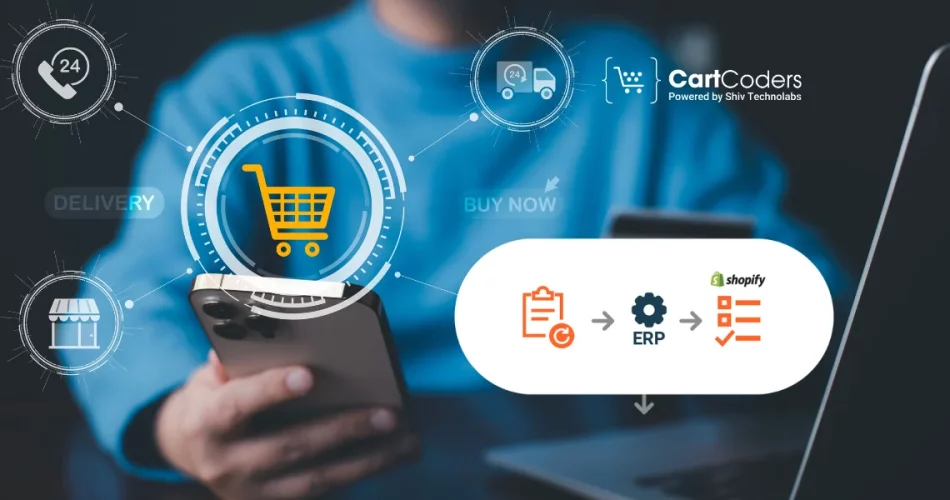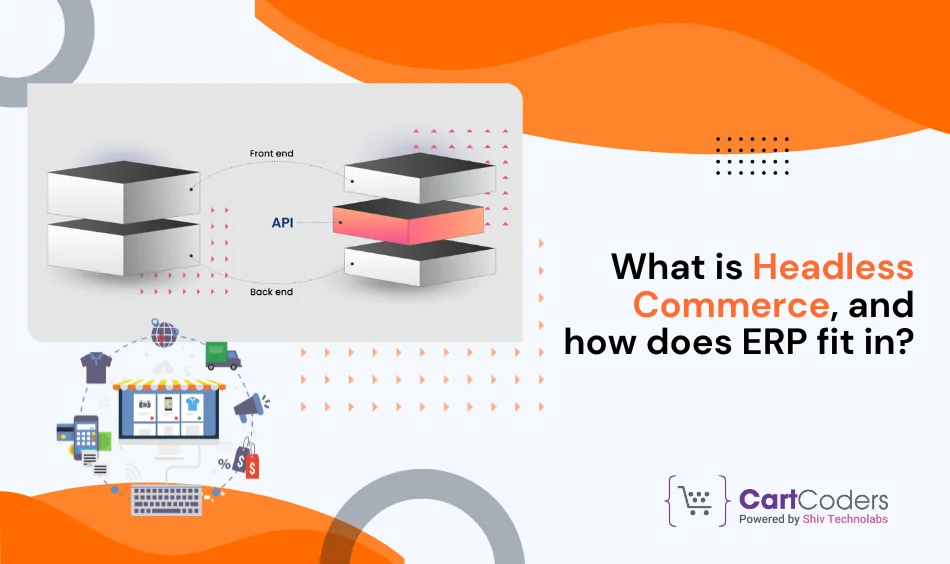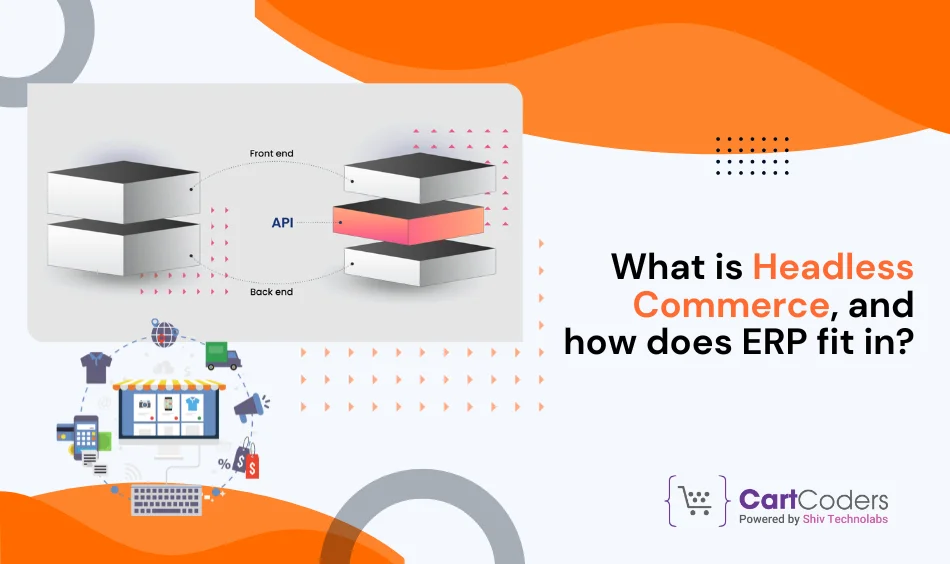Custom Engagement Solutions
Unlock tailored solutions with a free, no-obligation strategy session.
Expert Developers & Engineers on Demand
Scale Your Team with Skilled IT Professionals
Expert Guidance for Digital Transformation

Headless commerce is soon to be the new norm for agility-starved eCommerce brands. As forecasted, global headless commerce adoption is projected to reach $7.6 billion by 2032, and an increasing number of companies are abandoning monolithic architectures.
Being able to craft custom frontends using technologies like React or Vue while keeping the backend steady is game-changing. However, there is a catch: headless commerce ERP integration is not a plug-and-play solution.
Historical ERPs were designed to tightly couple systems. Bolting them onto decoupled frontends introduces complexity, often resulting in significant issues. This approach disrupts order synchronization, inventory visibility, and customer management. In contrast, implementing it well provides speed, flexibility, and data harmony.
This white paper is all open. We will examine how headless commerce integration with ERP is achieved, including the API and middleware choices available, as well as platform-specific advice for Shopify, BigCommerce, and Magento, along with some battle-hardened best practices.

Headless commerce is the separation of the frontend (what customers see) from the backend (where data resides). It enables brands to create lightning-fast, device-agnostic storefronts using new frameworks, without sacrificing their powerful commerce engines in the back.
That’s where headless eCommerce ERP comes in.
ERPs manage your inventory, product list, prices, orders, customers, and logistics. In a headless implementation, the front end doesn’t communicate with the back end at all. It retrieves data via APIs. This requires integrating an ERP and a headless CMS to sync real-time data between systems.
However, monolithic ERP systems were designed for integrated frontend and backend commerce platforms, presupposing that the frontend and backend are merged. This approach results in slower integrations, complex workflows, and low scalability when combined with headless architecture.
To address that, you require modern ERP integrations developed in the language of headless systems—modular APIs, real-time sync, and adaptive middleware.
Headless commerce platforms today are ERP-ready right out of the box. They’re provided with APIs, SDKs, and pre-built connectors to ensure easy ERP integration. Let’s explore how Shopify headless ERP integration works with industry giants.
Headless Commerce Platforms with ERP integration:
The essence of ERP integration lies in how your systems talk to each other, through APIs and middleware. Here’s how to interpret it:
Middleware bridges ERP and the frontend by reorganizing, routing, and syncing data. Some of the most popular middleware tools are:
They take ERP API integration to the consistency, reliability, and scalability level.
And then there are times when the out-of-the-box ERP connectors just do not translate to your business logic. That is when you require custom development.

You might require custom ERP integration for headless storefronts when you have:
Custom integrations are the agility you require when your headless storefront and ERP aren’t communicating in the same language.
An effective integration isn’t a tool issue—it’s an issue of planning, architecture, and implementation. Here’s what successful teams do:
Map out how data moves between systems before you ever write code.
Define:
Pick ERPs like Odoo, NetSuite, or Acumatica that support flexible, modular APIs. Avoid monolithic, closed systems.
Orders, inventory, and customer actions should update in near real-time. Use webhooks and message queues where possible.
When integrations fail—and they will—you’ll need:
Not everything should be synchronized in real time. Examples:
Your ERP is not headless-friendly? Don’t worry, we’ve got you covered.
At CartCoders, we are API-first, highly scalable ERP integration experts for headless stores. You have Shopify Hydrogen, BigCommerce, or Magento PWA; we will ensure that your backend and frontend communicate perfectly with each other.
Our offerings are:
Get a Free Quote
Don’t wrestle with clunky connectors. We’ll deal with the complexity so you can drive growth.
Headless commerce empowers you to build lightning-fast, responsive user experiences. But if you don’t have a good ERP integration, your backend data remains in silos. That’s not scalable.
ERP is the glue that keeps product inventory, order management, and customer information integrated with your new storefront. The right tools—GraphQL APIs, intelligent middleware, and headless ERPs matter.
We at CartCoders provide future-proof ERP and headless CMS integration for companies like yours, offering clean, rock-solid solutions. From Shopify to Magento and beyond, we’re familiar with the stack, the gotchas, and the best practices. Our team of experts even assists you with ERP data sync with headless CMS.
Projects delivered in 15+ industries.
95% retention rate, building lasting partnerships.
Serving clients across 25+ countries.
60+ pros | 10+ years of experience.